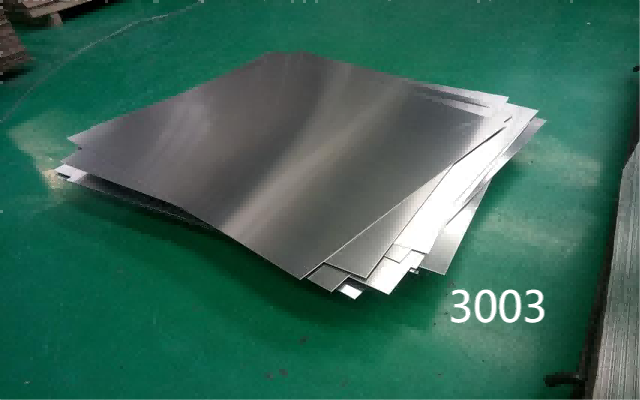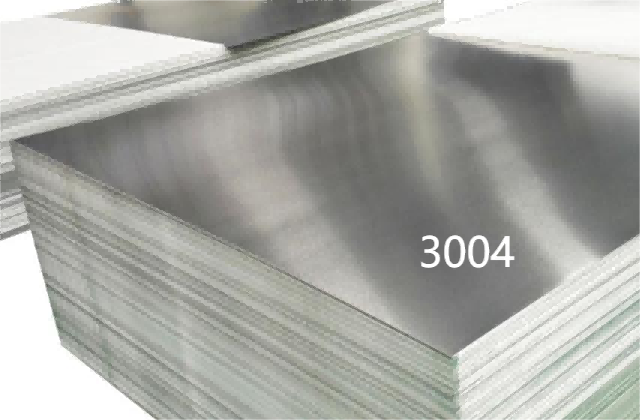In the realm of aluminum alloys, the differences between 3003 and 3004 aluminum plates are nuanced yet significant. Here, we delve into the distinctive characteristics of these two alloys.
Chemical Composition
3003 Aluminum Plate: Primarily composed of aluminum, with manganese as the major alloying element, 3003 aluminum plates also contain traces of other elements such as copper.
3004 Aluminum Plate: Similar to 3003, 3004 aluminum plates feature aluminum as the predominant element, but with a higher percentage of manganese and the addition of magnesium.

Mechanical Properties
3003 Aluminum Plate: Known for its excellent formability, 3003 aluminum plates exhibit moderate strength and high corrosion resistance. It is commonly used in applications requiring moderate strength and good weldability.
3004 Aluminum Plate: With a slightly higher strength compared to 3003, 3004 aluminum plates offer enhanced formability and weldability. This alloy is favored for applications demanding increased strength and resistance to corrosion.

Application Differences
3003 Aluminum Plate: Widely utilized in various industries, including construction, automotive, and packaging, 3003 aluminum plates find application in roofing, cladding, and general fabrication due to their formability and corrosion resistance.
3004 Aluminum Plate: Preferred for applications demanding higher strength and durability, 3004 aluminum plates are commonly used in the manufacture of beverage cans, automotive body panels, and other structural components requiring excellent formability and corrosion resistance.
Corrosion Resistance
Both 3003 and 3004 aluminum plates boast excellent corrosion resistance, making them suitable for outdoor and marine applications where exposure to harsh environmental conditions is common. However, 3004 aluminum plates may offer slightly superior corrosion resistance due to their higher manganese content.
Price and Availability
In terms of pricing and availability, 3003 aluminum plates are typically more costeffective and readily available compared to 3004 aluminum plates, which may be slightly more expensive due to their additional alloying elements.
In summary, while 3003 and 3004 aluminum plates share similarities in composition and corrosion resistance, their distinct mechanical properties and applications set them apart. Understanding these differences is crucial for selecting the appropriate alloy for specific engineering and manufacturing requirements.


